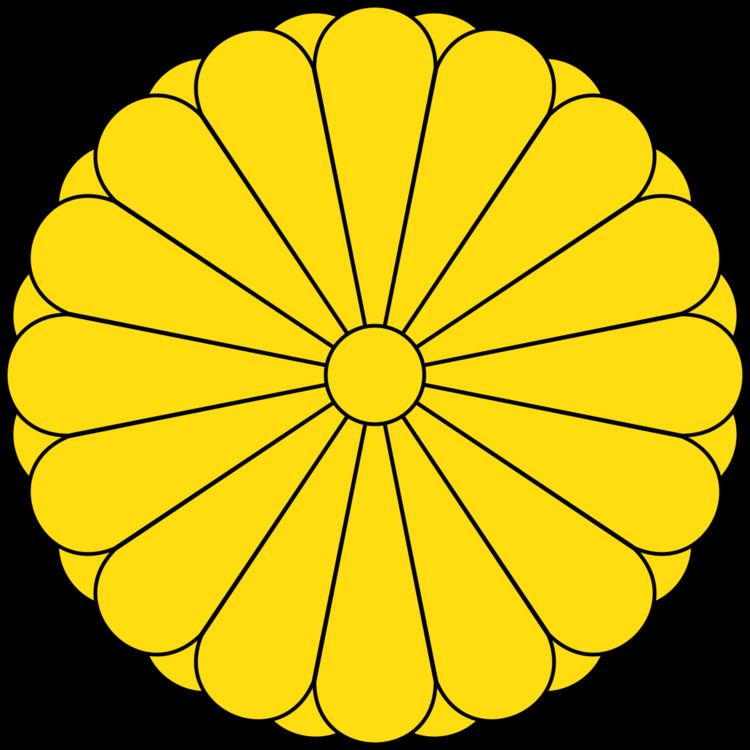Reign 1165–1168 | Predecessor Nijo Name Emperor Rokujo | |
 | ||
Died August 23, 1176 (aged 11) Burial Seikanu-ji no Misasagi (Kyoto) | ||
Emperor Rokujō (六条天皇 Rokujō-tennō) (December 28, 1164 – August 23, 1176) was the 79th emperor of Japan, according to the traditional order of succession. His reign spanned the years from 1165 through 1168.
Contents
Genealogy

Before his ascension to the Chrysanthemum Throne, his personal name (his imina) was Nobuhito-shinnō. He was as Yoshihito- or Toshihito-shinnō.
He was the son of Emperor Nijō. He left no children.
Events of Rokujō's life
He was made Crown Prince before his first birthday, and was enthroned at the age of 8 months.
He was pressured by the Taira clan to abdicate in favor of his uncle, who became Emperor Takakura.
Rokujō died at the age of eleven. Because of his youth, he had neither consorts nor children. Government affairs were run by his grandfather, Retired Emperor Go-Shirakawa as cloistered emperor. His imperial mausoleum is designated as Seikanji no misasagi (清閑寺陵), located in Higashiyama-ku, Kyoto.
Kugyō
Kugyō (公卿) is a collective term for the very few most powerful men attached to the court of the Emperor of Japan in pre-Meiji eras.
In general, this elite group included only three to four men at a time. These were hereditary courtiers whose experience and background would have brought them to the pinnacle of a life's career. During Rokujō's reign, this apex of the Daijō-kan included:
Eras of Emperor Rokujō's reign
The years of Rokujō's reign are more specifically identified by more than one era name or nengō.
